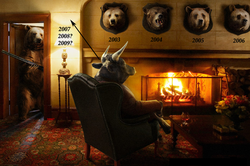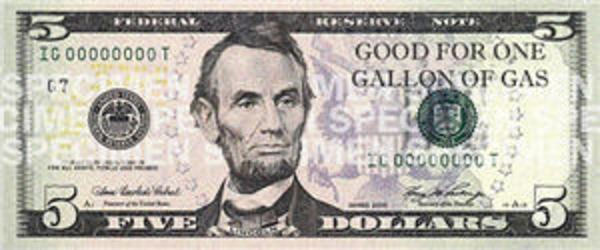With Apple's 3G next generation of iPhone rumored to launch in the next few weeks, I have to admit wanting one, sight un-seen.
We've seen a lot of changes since the first cell phones. As a persistent early-adopter, this brought back a lot of memories.
Make sure you check-out the piece at the end with a peek into the future.
It sure makes a lot more sense in hindsight.
It
is exciting to think about what it means, going forward. But,
counter-intuitively, you often have to look back to know what to focus
on. You often can
logically segment what happened in the past to see which pain-points,
new capabilities, or paradigm-shifts triggered the leap to the next
phase. Once you understand the gating process, you can project
forward. Then the next steps come into focus. And cycle starts fresh,
again.
I've done this with the tools and techniques we use to trade. The
progression makes so much sense, now; even though it seemed so random
as it happened.
It is fascinating to look back at how far we've come. I'll bet you could do the same. More
importantly, no matter how far you've come to get here … realize that
sometime in the future, you can look back and smile as you realize how
small the game was that you used to play.





